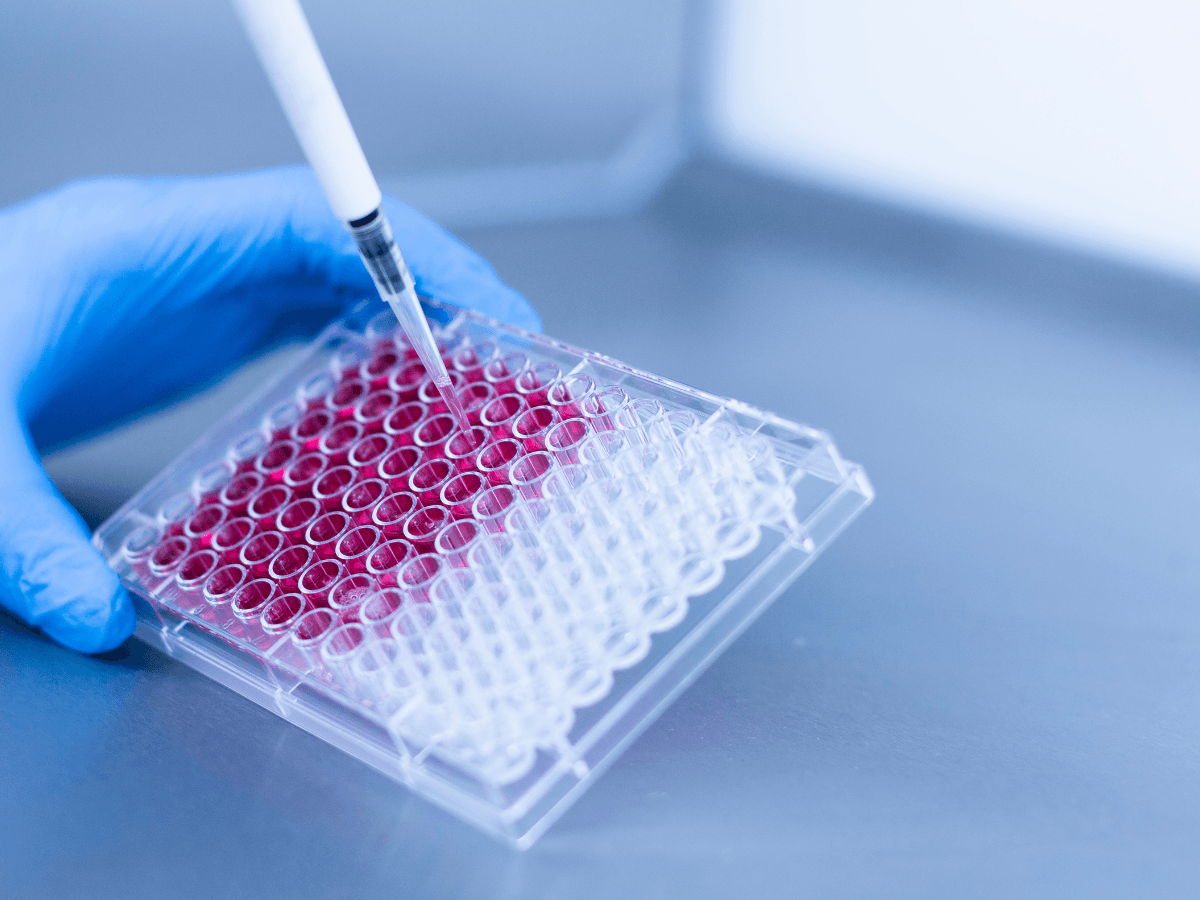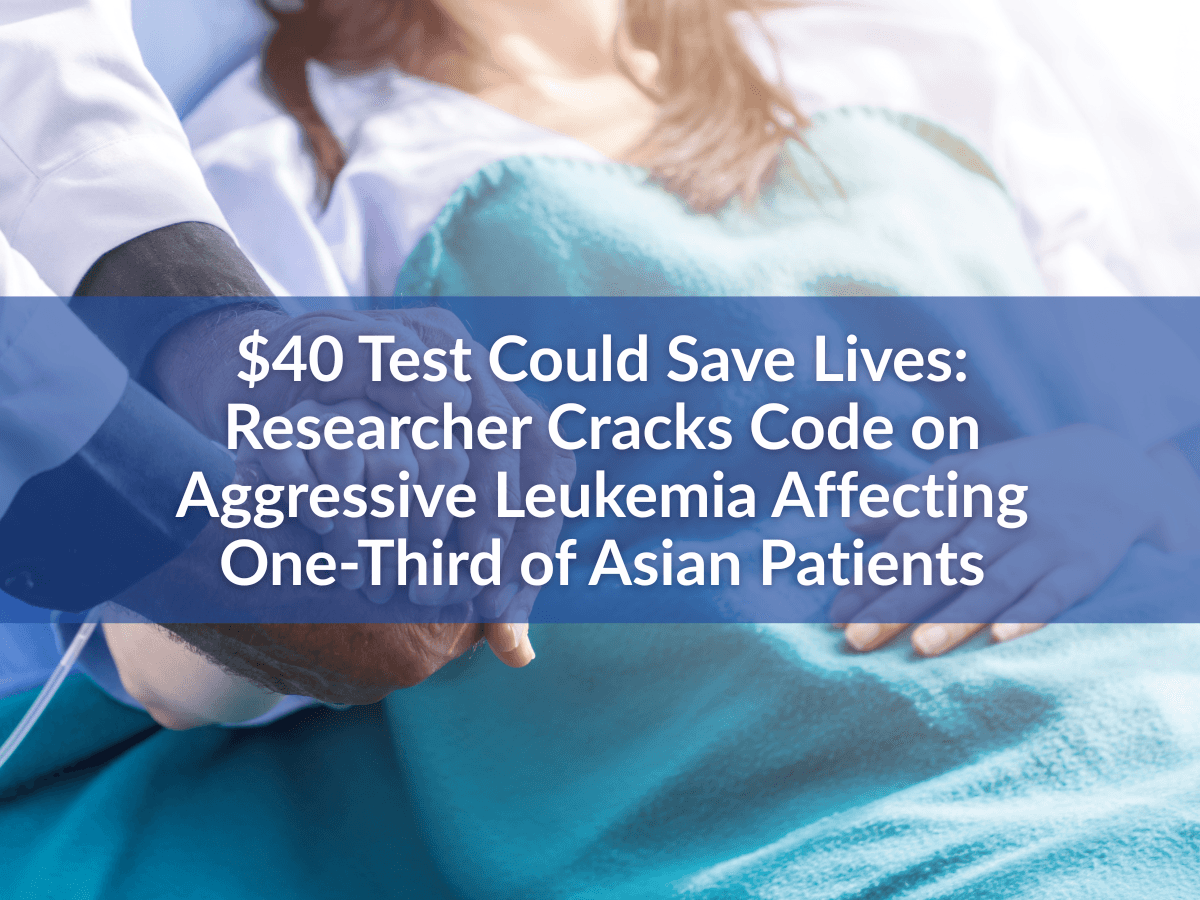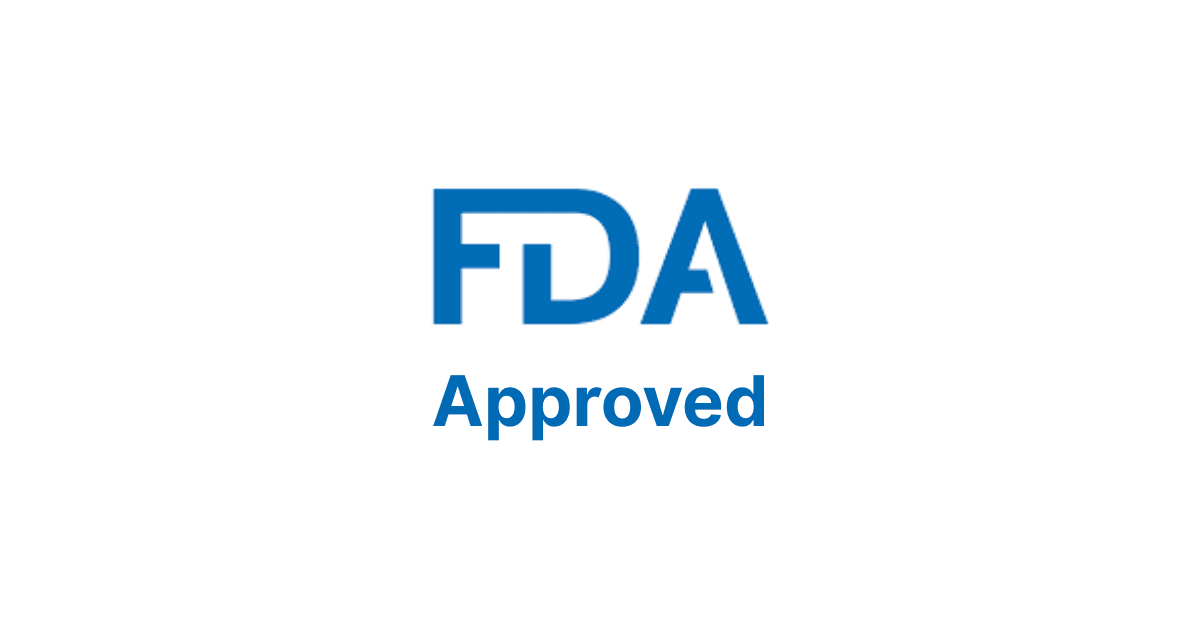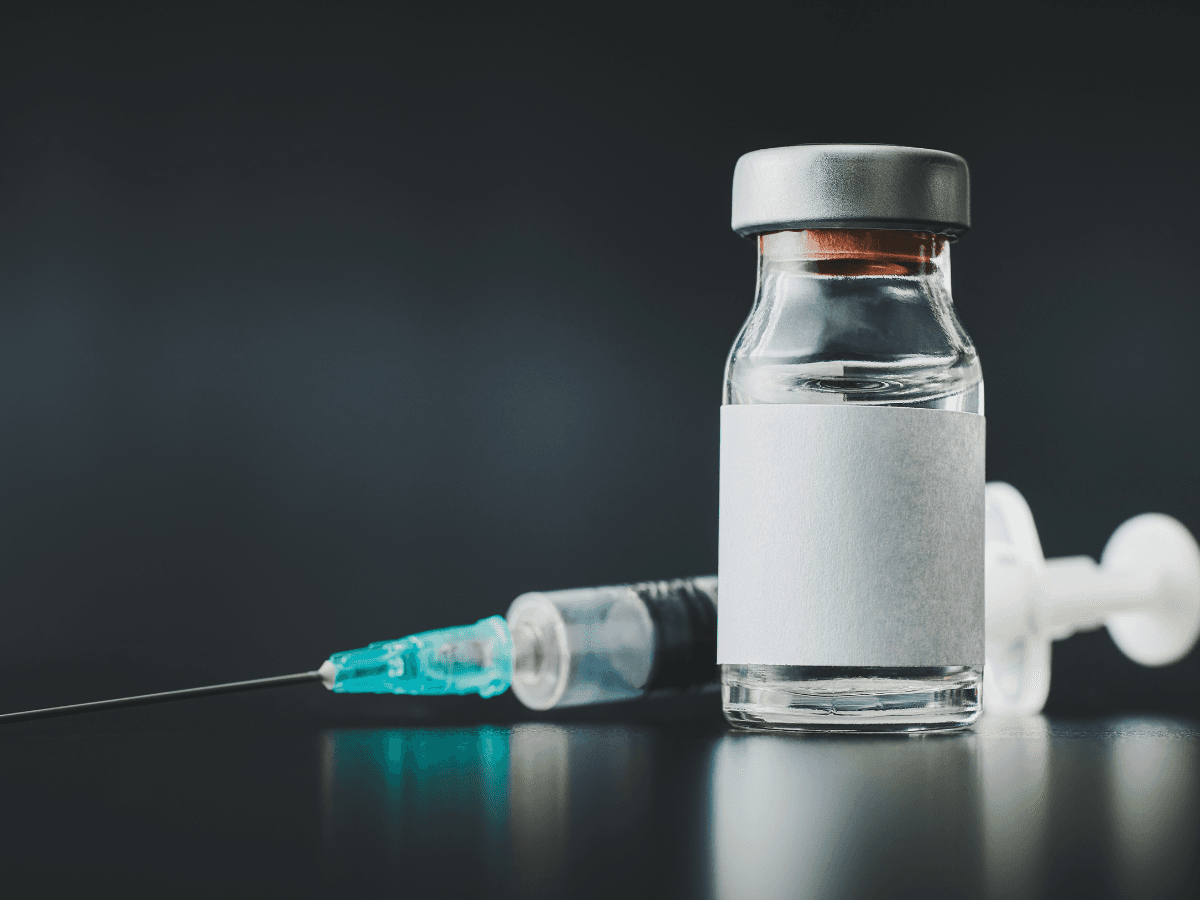
The Cancer News
AN AUTHORITATIVE RESOURCE FOR EVERYTHING ABOUT CANCER
2025 Nobel Prize in Medicine Spotlights the Mechanism of Cancer Immune Evasion
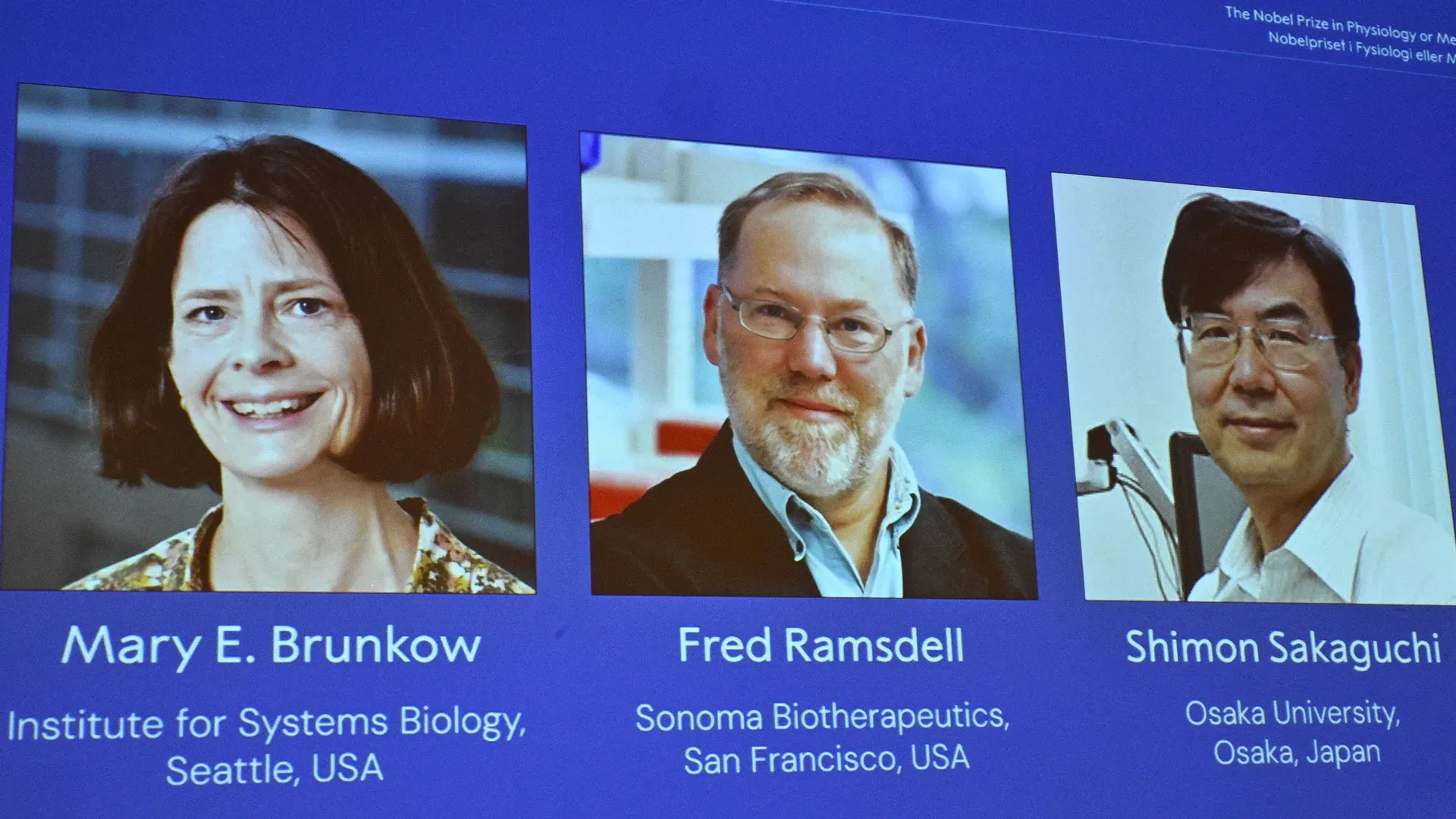
On Monday, October 6, 2025, the Nobel Assembly at Karolinska Institutet awarded the Nobel Prize in Physiology or Medicine to three scientists for their discoveries in peripheral immune tolerance. The laureates are Mary E. Brunkow of the Institute for Systems Biology in Seattle, Fred Ramsdell of Sonoma Biotherapeutics in San Francisco, and Shimon Sakaguchi of the University of Osaka in Japan.
What is Peripheral Immune Tolerance?
Immune tolerance describes a state of unresponsiveness of the immune system to substances (antigens) that can trigger an immune attack. It is how the immune system is kept in check, particularly in preventing it from attacking our own organs. Two mechanisms drive immune tolerance: central tolerance and peripheral tolerance. Central tolerance is induced in the thymus and bone marrow, while peripheral tolerance is induced in other tissues and the lymph nodes. These mechanisms involve controlling T-cell activation and differentiation, eliminating donor antigen-presenting cells, and killing effector T cells. Essentially, they direct the right immune cells to attack, stop the signals that were suppressing them, and shut down the attack once the threat is gone to keep the human system safe. While central tolerance is the primary way the immune system distinguishes self from non-self, peripheral tolerance prevents overactivity of the immune system in response to environmental substances like allergens and gut microbes.
The Work Behind the 2025 Nobel Prize in Medicine
Before Shimon Sakaguchi’s first discovery in the field in 1995, researchers believed that immune tolerance occurred solely because harmful immune cells were eliminated in the thymus. Sakaguchi, however, demonstrated that a subset of T cells, known as regulatory T cells (Tregs), plays a crucial role in suppressing autoimmune responses.
In 2001, Mary E. Brunkow was the first author on a paper describing the discovery of FOXP3 and how its mutated form is linked to IPEX syndrome in children. Her research established a critical connection between FOXP3’s function and the regulation of autoimmune disease.
Around the same time, Fred Ramsdell identified FOXP3 as the gene responsible for immune dysregulation in both mice and humans affected by IPEX syndrome. He also published work on FOXP3’s role in Treg development and function, linking his findings directly to clinical autoimmune diseases.
Between 1999 and the early 2000s, Sakaguchi’s research further highlighted the importance of FOXP3 as a key gene controlling Treg development and function.
Reflecting on the laureates’ work, Olle Kämpe, chair of the Nobel Committee, remarked, “Their discoveries have been decisive for our understanding of how the immune system functions and why we do not all develop serious autoimmune diseases.”
Together, the pivotal contributions of these scientists over the years have shaped our understanding of immune regulation, Treg biology, and the critical role of FOXP3 in autoimmunity.
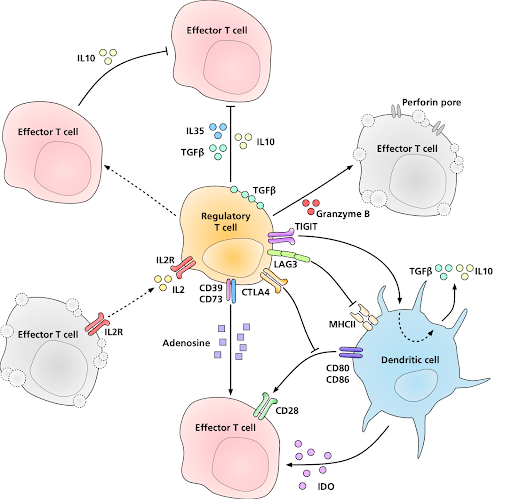 Schematic showing how Tregs suppress the function of other immune cells (Image by Wikimedia Commons)
Schematic showing how Tregs suppress the function of other immune cells (Image by Wikimedia Commons)
What the Nobel Prize Discoveries Reveal About Cancer and the Immune System
Understanding how the immune system functions is crucial not only for advancing cancer immunotherapies but also for managing the immune-related side effects that can occur after treatment. A key player in this balance is the Regulatory T cell (Treg).
Tregs may act as a "double-edged sword" in the human system. Their primary role is to calm the immune system, which is beneficial for preventing autoimmune diseases. However, in the tumor microenvironment, this same suppressive activity allows cancer to evade immune attacks, contributing to disease progression. Consequently, high levels of Tregs around tumors are often linked to poor patient outcomes. This has made Tregs a major therapeutic target, with over 600 clinical trials exploring ways to inhibit them for cancer treatment. A significant challenge, however, is that blocking Tregs can unleash the very autoimmune side effects they normally prevent.
This dual nature of Tregs is also critically important in a subset of cancer immunotherapy: allogenic stem cell transplants. Here, their effect is similarly split. They can allow cancer to progress by dampening the body’s immune response, but they also protect patients by reducing the risk of graft-versus-host disease (GVHD), a serious complication where donor immune cells attack the patient's healthy tissues. Therefore, careful donor selection and emerging strategies aim to harness the protective function of Tregs while minimizing their suppressive effects on cancer elimination.
Reactions to the 2025 Nobel Prize in Physiology or Medicine
Upon receiving the news of winning the Nobel Prize in Physiology or Medicine, Brunkow could not believe it, telling her husband, Ross, “Don’t be ridiculous.” Sakaguchi described the win as a “happy surprise” following a congratulatory call from the Japanese prime minister. He emphasized that many illnesses still need more research and expressed hope for progress in areas leading to the prevention and treatment of those diseases. The prize of close to $1.2 million will be divided among the three Nobel laureates.
The award ceremony is set to be held on December 10, 2025, on the death anniversary of Alfred Nobel, the founder of the prizes.
About the 2025 Nobel Prize in Medicine Winners
-
Mary E. Brunkow
- Born 1961. Earned her Ph.D. from Princeton University in the USA and is currently a Senior Program Manager at the Institute for Systems Biology in Seattle.
-
Fred Ramsdell
- Born 1960. Received his Ph.D. in 1987 from the University of California, Los Angeles, and is a Scientific Advisor at Sonoma Biotherapeutics in San Francisco.
-
Shimon Sakaguchi
- Born 1951. Earned his M.D. in 1976 and Ph.D. in 1983 from Kyoto University, Japan. He is a Distinguished Professor at the Immunology Frontier Research Center at Osaka University, Japan.
Works Discussed
- Cheng, M. (2025, October 7). Nobel Prize in medicine goes to 3 scientists for key immune system discoveries. Associated Press. https://apnews.com/article/nobel-prize-medicine-a68cf8a3b930570630168a949d277cde
- Nobel Assembly at Karolinska Institutet. (2025). Advanced information: The Nobel Prize in Physiology or Medicine 2025. NobelPrize.org. https://www.nobelprize.org/uploads/2025/10/advanced-medicineprize2025.pdf
- Nobel Assembly at Karolinska Institutet. (2025). Popular science background: The Nobel Prize in Physiology or Medicine 2025. NobelPrize.org. https://www.nobelprize.org/uploads/2025/10/popular-medicineprize2025.pdf
- Nobel Assembly at Karolinska Institutet. (2025, October 7). The Nobel Prize in Physiology or Medicine 2025 [Press release]. NobelPrize.org. https://www.nobelprize.org/prizes/medicine/2025/press-release/
- Yilma, M. (2018). Review on the immune tolerance mechanism and physiology. Global Journal of Medical Research, 18(1), 12–17.
- Zaini, R. G., & Al-Rehaili, A. A. (2019). The therapeutic strategies of regulatory T cells in malignancies and stem cell transplantations. Journal of Oncology, 2019, Article 5981054.https://doi.org/10.1155/2019/5981054
- Header Image by Claudio Bresciani/TT News Agency via AP
